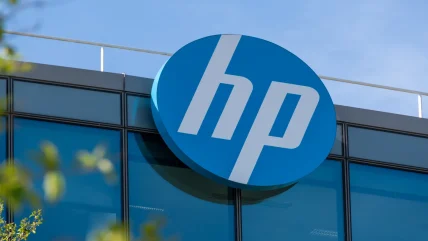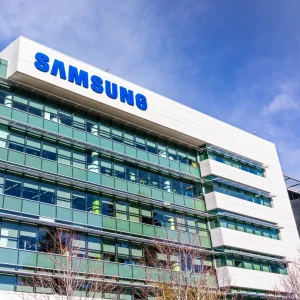
The US Department of Commerce has signed a non-binding preliminary memorandum of terms (PMT) with technology company HP to provide up to $50m in funding for a microfluidics semiconductor fab in Oregon. Granted under the CHIPS and Science Act, the proposed financial support is aimed at expanding and modernising the semiconductor facility to further advance the company’s microfluidics technology.
The Corvallis semiconductor fab is a key part of HP’s “lab-to-fab” ecosystem. This ecosystem encompasses activities ranging from research and development (R&D) to commercial manufacturing operations. Through the investment, the US aims to enhance domestic semiconductor manufacturing.
The proposed funding is expected to bolster US technological leadership by driving innovation in semiconductor technologies crucial for life sciences and artificial intelligence (AI) applications.
HP semiconductor fab set to benefit life sciences in long-term
According to the Department of Commerce, HP’s expertise in microfluidics and microelectromechanical systems (MEMS) will be central to this initiative. The commitment will help the company in manufacturing silicon devices critical for life sciences lab equipment used in drug discovery, single-cell research, and cell line development.
“The Biden-Harris Administration’s proposed investment in HP shows how we are investing in every part of the semiconductor supply chain and how important semiconductor technology is to innovation in drug discovery and critical life science equipment,” said the US Secretary of Commerce, Gina Raimondo.
HP’s capabilities in microfluidics and MEMS are expected to enhance the speed and precision of R&D efforts, benefiting public health initiatives and institutions such as Harvard Medical School, the Centers for Disease Control and Prevention, and Merck.
The proposed microfluidics semiconductor project is expected to generate approximately 150 construction jobs and more than 100 manufacturing jobs. Andersen Construction will oversee the construction phase under a project labour agreement (PLA).
HP is also collaborating with Portland Community College on training programmes and has representatives on a technical advisory council at Linn-Benton Community College.
The technology company plans to claim the US Department of the Treasury’s Investment Tax Credit, expected to be up to 25% of qualified capital expenditures.
“This proposed investment provides HP with an opportunity to modernise and expand our facility to further invest in our microfluidics technology, which is the study of the behaviour and control of fluid on a microscopic scale,” said HP’s president and CEO, Enrique Lores. “Microfluidics has the potential to drive revolutionary changes across industries, delivering speed, efficiency, and precision, to help pave the way for the next generation of innovation in life sciences and technology.”
Global chip rivalries continue
As developments in the semiconductor sector continue to accelerate globally, last week European Semiconductor Manufacturing Company (ESMC) commenced construction of a new semiconductor fabrication facility in Dresden, Germany. The total investment for the fab exceeds €10bn.
The European Commission (EC) approved a €5bn German measure under EU State aid rules to support this initiative. The project is aimed at strengthening Europe’s semiconductor supply chain security, resilience, and digital sovereignty. It aligns with the European Chips Act Communication and supports both digital and green transitions.






